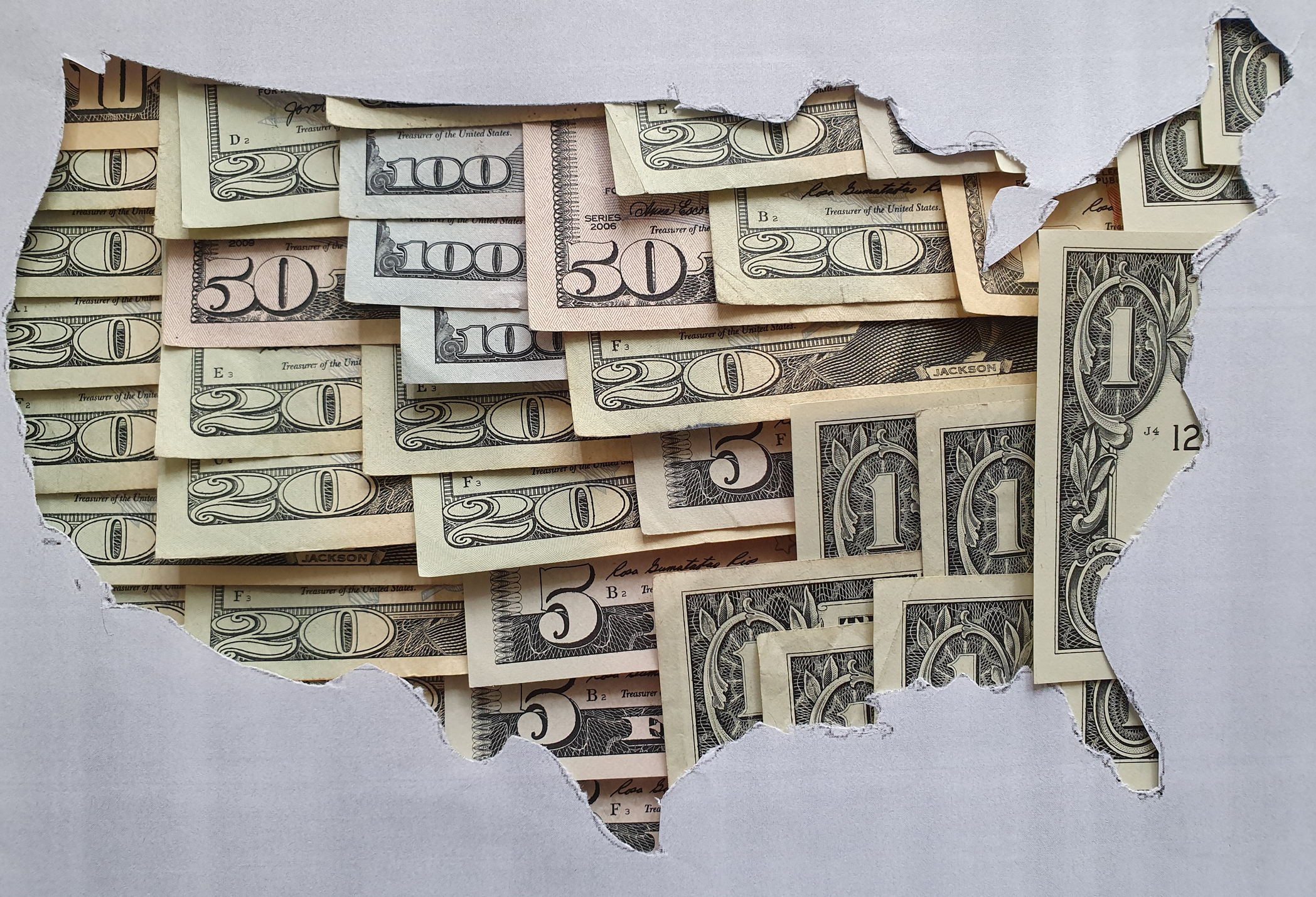Capital Gains Tax Exclusion for Homeowners: What to Know
The IRS capital gains home sale tax exclusion can be a valuable tool if you are eligible.


As a homeowner, you may have concerns about paying capital gains tax when you decide to sell your home. Luckily, there is a tax provision known as the "Section 121 Exclusion" that can help you save on taxes following a home sale.
In simple terms, this capital gains tax exclusion enables homeowners who meet specific requirements to exclude up to $250,000 (or up to $500,000 for married couples filing jointly) of capital gains from the sale of their primary residence. This means that if you sell your home for a gain of less than $250,000 (or $500,000 if married, filing jointly), you will not be obligated to pay capital gains tax on that amount.
However, there are certain criteria you must meet to qualify for the home sale exclusion. There are also several exceptions to the 121 exclusion rules. Here is more of what you need to know to help determine whether you qualify.

Sign up for Kiplinger’s Free E-Newsletters
Profit and prosper with the best of expert advice on investing, taxes, retirement, personal finance and more - straight to your e-mail.
Profit and prosper with the best of expert advice - straight to your e-mail.
Related: More Home Sellers Face Capital Gains Tax Bills
Avoiding capital gains tax: 121 Home Sale Exclusion requirements
Primary Residence: You must have owned and used the home as your primary residence for at least two of the five years leading up to the date of the sale. The IRS allows you to have only one primary residence at a time, and the agency uses various factors to determine whether a home qualifies as a primary residence. Notably, however, the two years don't have to be a consecutive, single block of time during the five years.
Frequency: You can only claim this exclusion once every two years. So, if you have already excluded gains from a previous home sale within the last two years, you will need to wait before you can claim it again.
Eligible Gains: The exclusion applies only to gains from your home's sale, not losses. Additionally, any portion of the profit exceeding the $250,000/$500,000 limit will be subject to capital gains tax.
Note: It's important to keep detailed records of your home sale, including the purchase price, any improvements made to the property, and expenses. These records will help you accurately calculate your capital gains and determine if you qualify for the exclusion.
Exceeding the Limit: If your profit exceeds the exclusion limit, you will need to pay capital gains tax on the amount that surpasses the limit. For example, if you are single and your profit is $300,000, $50,000 of that profit ($300,000 - $250,000) would be subject to capital gains tax.
In that case, the tax rate you pay on the excess profit depends on your income and whether the gain is short-term or long-term. Generally, long-term capital gains tax rates are lower than ordinary income tax rates.
Exceptions to the capital gains home sale exclusion
As mentioned, there are several exceptions to IRS home sale exclusion rules. For example, if you transfer a home to a spouse or ex-spouse, the IRS doesn’t consider that to be a gain or a loss.
- Other exceptions to the rules apply in situations involving U.S. military service members or where the primary home sale is a factor in separation, divorce, or death of a spouse.
- Situations involving vacant land, destroyed homes, like-kind exchanges, or business or rental income generally trigger different tax rules, requirements, and tax treatment.
For more information on these and other situations, see IRS Publication 523.
What about a partial home exclusion?
If you don't meet the maximum home sale exclusion eligibility, you may still qualify for a partial exclusion of gain.
For example, according to the IRS, you can meet the requirements for a partial exclusion if the main reason for your home sale was a change in workplace location, a health issue, or an unforeseeable event.
For more information on how partial home exclusions are calculated, you can find resources on IRS.gov or consult with a qualified and trusted financial advisor.
Reporting a home sale on your taxes
Typically, you will receive Form 1099-S from the closing agent, which details the home sale.
This form is used to report proceeds from real estate transactions, and the IRS says you must include the information when filing your return, even if you have no taxable gain.
Always keep detailed records of your purchase price, improvements, and selling expenses to support your claims for exclusions or deductions.
Remember that, in any case, certain factors, such as any depreciation claimed for the home, may affect capital gains tax. It is also important to consider any state or local taxes that may apply to the sale of your home.
However, consulting with a tax professional is a good idea if you need clarification on your eligibility or help navigating the complexities of tax laws. They can provide personalized advice based on your situation and ensure you take full advantage of any available tax benefits.
What about state-level capital gains taxes on home sales?
While the federal capital gains tax home sale exclusion is uniform across the U.S., state-level taxation can vary. Some states, like California, follow the federal rule, while others have their own regulations.
Check with your state's tax authority or a qualified tax professional to understand your obligations.
Related
Get Kiplinger Today newsletter — free
Profit and prosper with the best of Kiplinger's advice on investing, taxes, retirement, personal finance and much more. Delivered daily. Enter your email in the box and click Sign Me Up.

As the senior tax editor at Kiplinger.com, Kelley R. Taylor simplifies federal and state tax information, news, and developments to help empower readers. Kelley has over two decades of experience advising on and covering education, law, finance, and tax as a corporate attorney and business journalist.
-
 Tax Day 2025: Don’t Miss These Freebies, Food Deals and Discounts
Tax Day 2025: Don’t Miss These Freebies, Food Deals and DiscountsTax Day You can score some sweet deals on April 15 in some select restaurants like Burger King, Shake Shack, and more.
By Gabriella Cruz-Martínez
-
 Registered Social Security Analyst: The Retirement Professional You Didn’t Know You Needed
Registered Social Security Analyst: The Retirement Professional You Didn’t Know You NeededThe services of a Registered Social Security Analyst (RSSA) are often overlooked. Yet, for those planning for retirement, nearing or already retired, an RSSA can be an invaluable resource.
By Donna LeValley
-
 Tax Day 2025: Don’t Miss These Freebies, Food Deals and Discounts
Tax Day 2025: Don’t Miss These Freebies, Food Deals and DiscountsTax Day You can score some sweet deals on April 15 in some select restaurants like Burger King, Shake Shack, and more.
By Gabriella Cruz-Martínez
-
 Tax Time: Does Your Kid Influencer Owe Taxes?
Tax Time: Does Your Kid Influencer Owe Taxes?State Tax Some minors are making big money on social media. Here’s how to know if they need to file taxes.
By Gabriella Cruz-Martínez
-
 Free IRS Tax Filing for 30 Million People: Will It Continue Under Trump?
Free IRS Tax Filing for 30 Million People: Will It Continue Under Trump?Tax Filing Direct File was piloted last year in 12 states and has since expanded to 25. But some wonder whether the program will last under the Trump administration.
By Gabriella Cruz-Martínez
-
 How Caregivers for Adults Can Save on Taxes in 2025
How Caregivers for Adults Can Save on Taxes in 2025Tax Breaks Caring for your parent or spouse can be stressful, but the IRS offers tax breaks for qualifying taxpayers. Here they are.
By Kate Schubel
-
 U.S. Treasury to Eliminate Paper Checks: What It Means for Tax Refunds, Social Security
U.S. Treasury to Eliminate Paper Checks: What It Means for Tax Refunds, Social SecurityTreasury President Trump signed an executive order forcing the federal government to phase out paper check disbursements by the fall.
By Gabriella Cruz-Martínez
-
 IRS Layoffs Spark Delays, Doubt This Tax Season
IRS Layoffs Spark Delays, Doubt This Tax SeasonTax Season Tax experts say Trump’s downsizing of the IRS is already causing problems.
By Gabriella Cruz-Martínez
-
 States with the Highest Income Tax Rates for Retirees
States with the Highest Income Tax Rates for RetireesState Tax You may reconsider living and retiring in one of these states due to high taxes.
By Kate Schubel
-
 AI Tax Scams Target Middle and Older Adults: What to Know
AI Tax Scams Target Middle and Older Adults: What to KnowScams Whether you’re a retiree or Gen Z, scammers can gouge big financial losses with the help of artificial intelligence.
By Kate Schubel